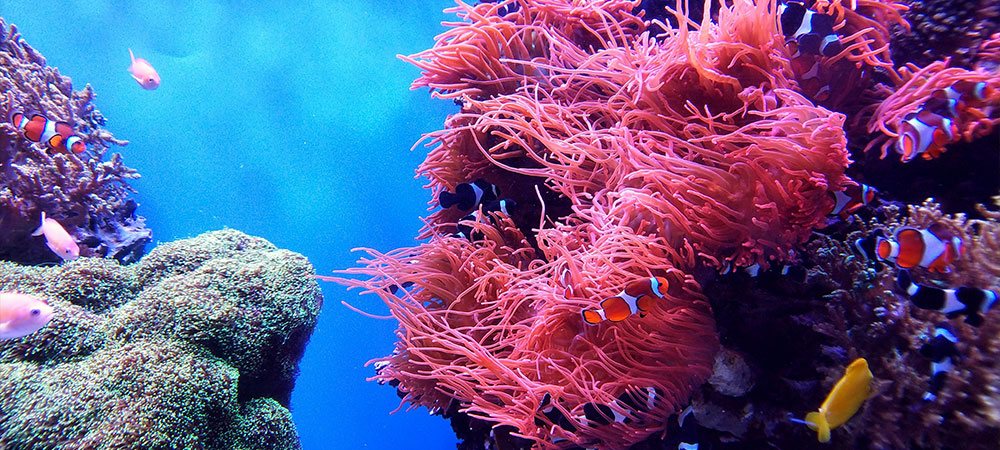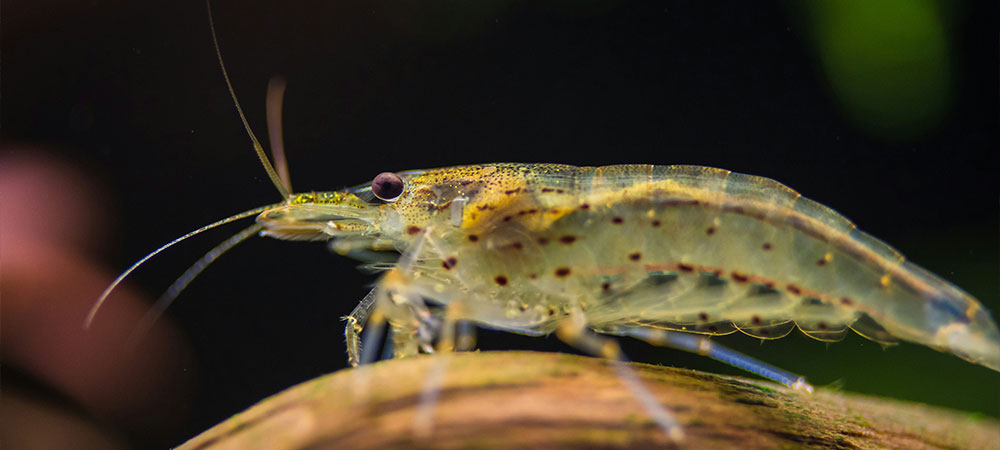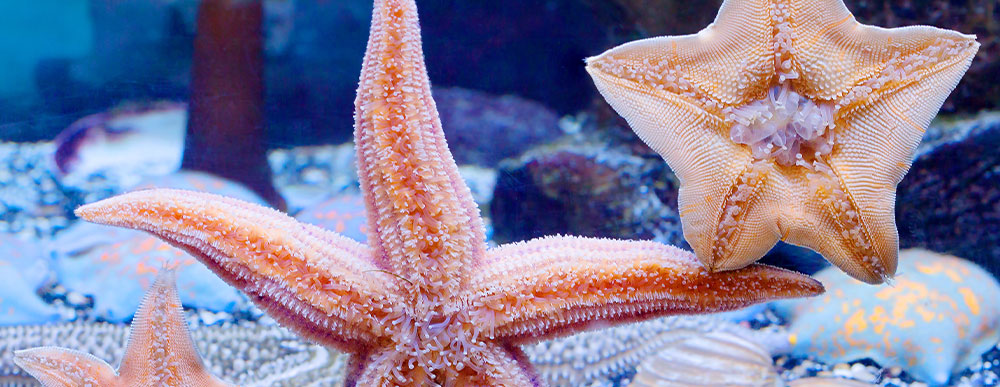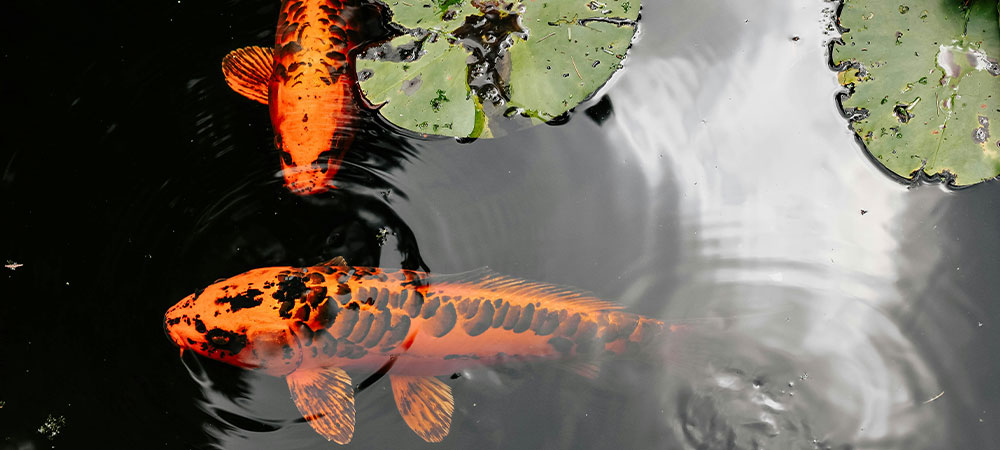Setup and Maintain a Marine Aquarium
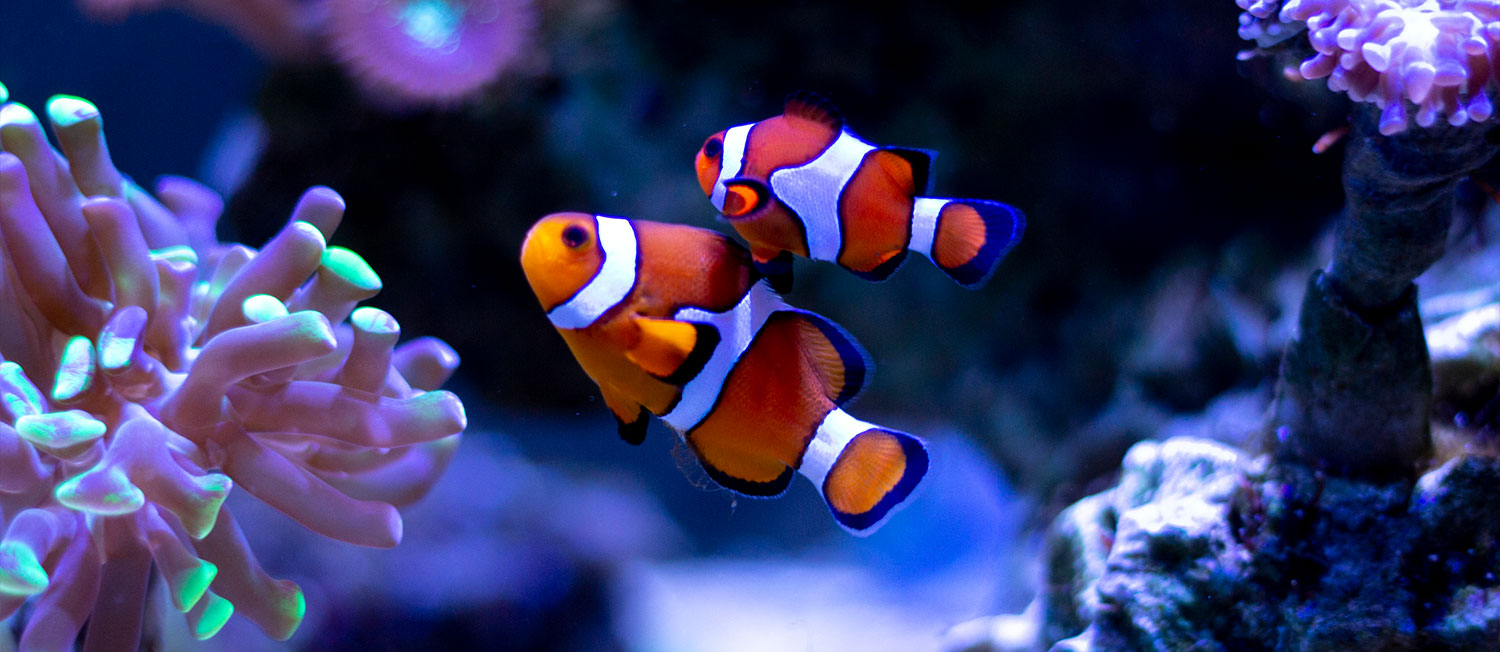
An Aquarium containing marine fish and living corals can be a spectacular sight. If a regular maintenance routine is followed with the correct equipment, marine fishkeeping is not as difficult as it might appear.
The natural environment for marine fish is extremely stable, so it is best to keep the water as close to natural conditions as possible. This can be achieved by using the correct filters and by following a regular maintenance routine including regularly testing the water, ensuring the tank and it’s filters are kept clean and operating correctly.
This information webpage explains some of the basic requirements of setting up your marine aquarium. If you require any further assistance, our staff are always happy to help. Remember – no question is stupid. We also stock a comprehensive range of reference books that will be extremely useful as you progress through the hobby of marine fish keeping.
Tank size
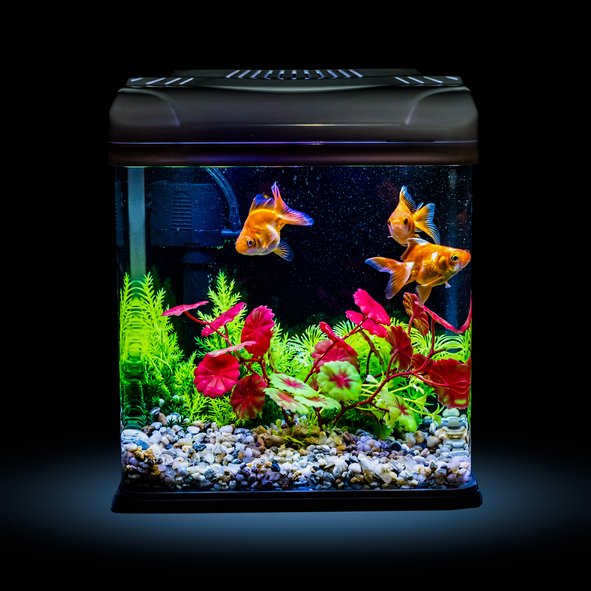
Firstly you need to decide what size tank you have space for. This decision will determine the size and type of fish that you can keep in your aquarium. Now you need to find a place to put your tank, once it is full of water it will be very difficult to move! Your aquarium should be positioned near electrical sockets and away from draughts.
Keep out of direct sunlight to prevent the growth of algae. We recommend you use a stand or cabinet made specifically for the aquarium to hold the weight of the tank. Aquarium foam or polystyrene pads should be used if the glass aquarium is not supported at the base.
Also make sure that the floor is able to take the weight of the aquarium once filled with water.
Aquarium
The general rule is the bigger the better. Larger tanks are more stable than smaller ones. Marine fish can be kept in small tanks but preferably no smaller than 25 litres.
Filter
A large filter is required as you need to ensure waste products from your fish and corals are quickly and efficiently removed from the water. This ensures a healthy environment for your tank inhabitants. Also see Protein Skimmer
Heater
Used to keep the water temperature at a range ideally between 24 – 26 degrees Celsius.
Lights
Corals require bright light to produce food in a similar way to plants. As a minimum you should have 2 X T5 marine lights in an aquarium with live corals and 2 X T8 marine lights in a fish only system. Please ensure lights are on for no longer than 8 hours per day and bulbs need to be changed every 6 to 8 months. This will stop nuisance algae growing in your tank.
Wave Makers
These are necessary to help keep the water flowing around your tank as well as to re-create the strong water flow found on a coral reef.
Protein Skimmer
This type of filter helps to reduce the amount of waste building up in the water. A protein skimmer assists in reducing the organic load in the tank which improves the water quality. If a skimmer is not used the use of activated carbon, phosphate removers and frequent water changes help in reducing the organic load.
Sand
Coral sand is best for covering the base of your marine tank. It will help provide a stable pH while creating a natural habitat for your tank mates.
Live Rock
Live rock is the main filter of a salt water aquarium, it immediately introduces the beneficial bacteria and invertebrates required to establish a marine aquarium. It enhances the look of the aquarium and also provides shelter for the inhabitants.
Water Testing
Maintain good water quality and you will always have happy healthy fish. This is achieved by doing regular water testing and routine maintenance on the aquarium. Main tests are for Ammonia (NH4), Nitrite (NO2), Nitrate (NO3) and Phosphate (PO4).
Salt Levels
Salt levels should be kept between 1.022 to 1.026. This should be checked regularly using a hydrometer or refractometer as water evaporates and salt levels will increase. Topping up with reverse osmosis water to replace the evaporated water will keep your salt levels correct.
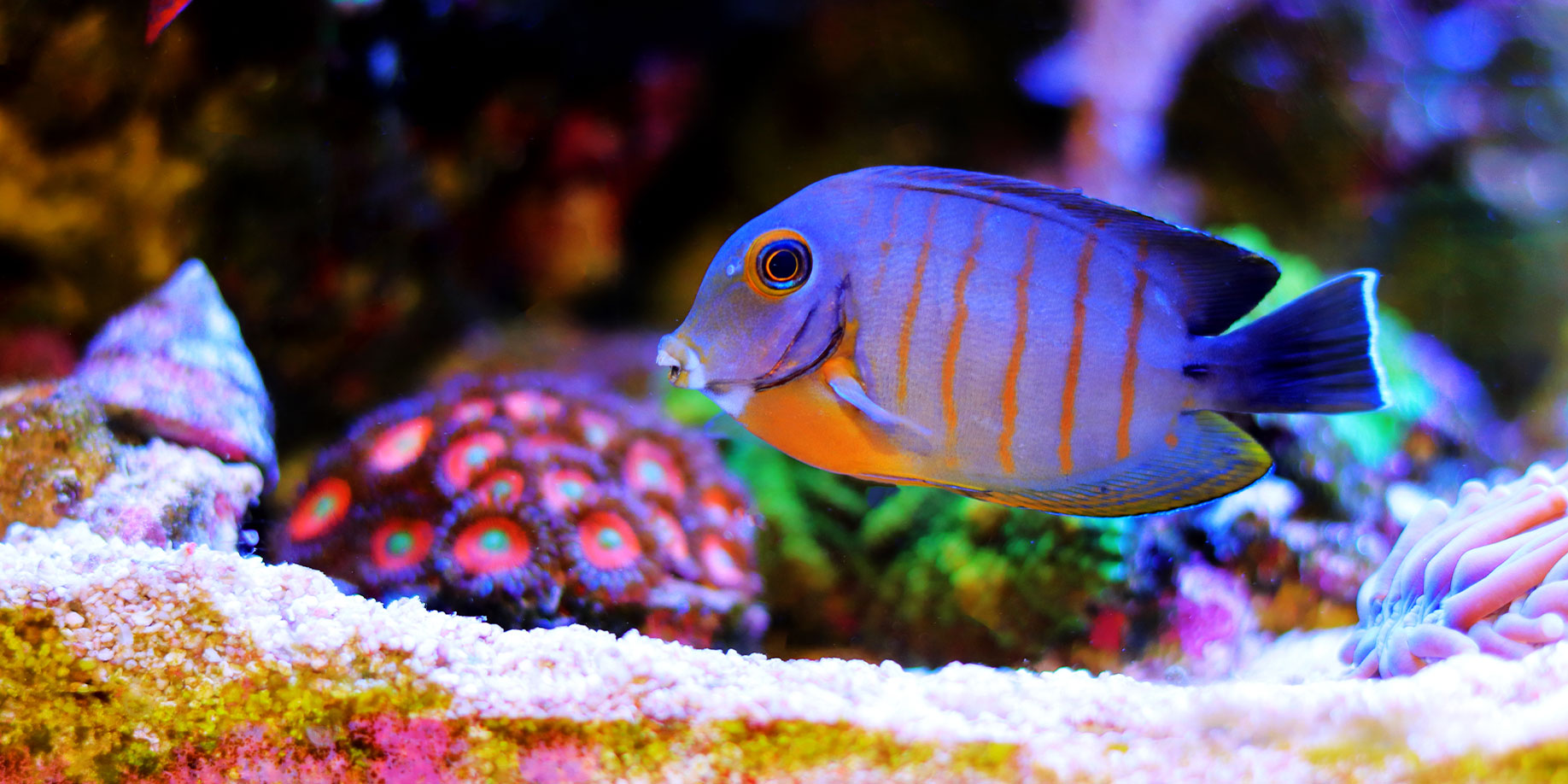
Setting up your marine tank
- Ideally position your aquarium in the room away from doorways, radiators and direct sunlight. Ensure you have sufficient space around the aquarium for regular maintenance.
- Place the live rock in your aquarium and aqua-scape your reef structure to your desired look while creating caves and hiding places for your fish.
- Pre-wash the coral sand / chips in clean freshwater and add to the aquarium.
- Fill the aquarium with pre-made saltwater, making sure that all equipment is covered. If not using pre-made water, allow 24 hours to mix before adding to your tank.
- Switch on the equipment and set the heater to 25 degrees. The aquarium should now be left to “cycle” for a minimum of 7 days.
- Once the water tests are at the correct levels (see below), you are ready to add the first live stock into your tank. This should be a clean up crew of shrimps, crabs and snails. Ask a member of the shop team for suggestions for hardy species to start with.
Water Quality (ppm = Parts per million)
pH: 7.8 – 8.2
Ammonia: 0 ppm
Nitrite: 0 ppm
Nitrate: Fish only – Less than 20 ppm.
Living corals less than 10 ppm.
Temperature: 24 – 26 degrees Celsius
Salinity: 29ppt – 35ppt (1.022 – 1.026 ppm)
Phosphate: 0.03 ppm - A marine aquarium takes time to mature and become stable, so it is important to add fish and corals gradually. Patience is the key.
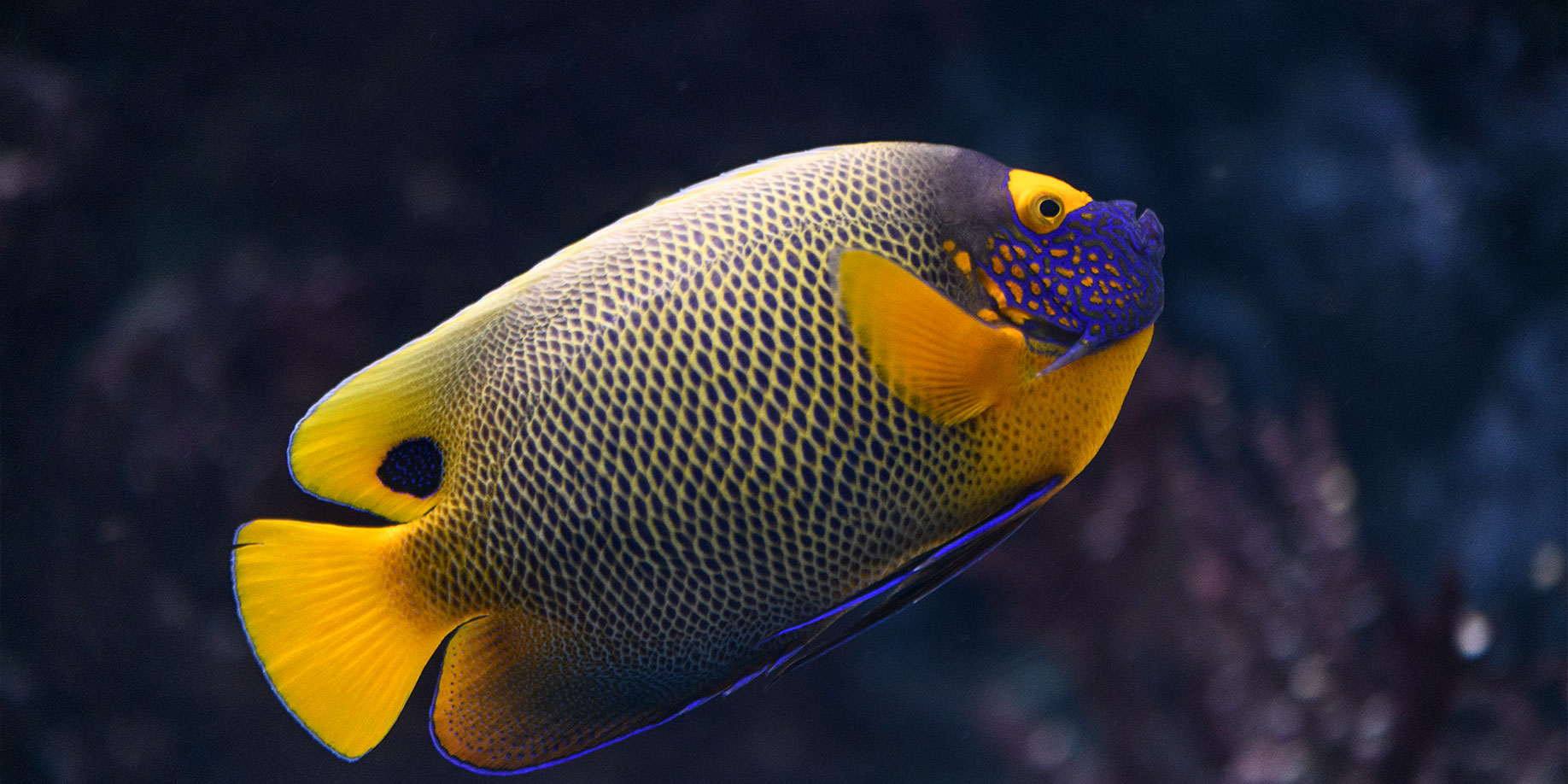
Maintaining your marine aquarium
When it comes to maintenance, little and often is best practice. Your schedule will depend on the type of aquarium you have and the species of fish and the families of corals, but as a general rule you should aim for the following,
Weekly
- Ensure pumps, heater and filters are working correctly.
- Clean the algae from the glass.
- Empty and clean the protein skimmer collection cup.
- Test for salinity and general water quality to ensure your levels are correct.
Fortnightly
- Carry out a water change of between 10% and 20% of the tanks volume using a water siphon.
- Clean your pre-filter (filter floss or socks) to keep your water crystal clear.
Monthly
Replace activated carbon and phosphate removers within the aquarium to prevent toxins being released into your water.
Feeding
Never overfeed your fish, 98% OF PEOPLE OVERFEED THEIR FISH. If there is food uneaten in the tank after 30 seconds – you MUST remove it with a water vacuum or use a net as this will spoil the water. The clean up crew will not be able to eat massive amounts of left over food. We suggest you feed a mixture of live, frozen and dried food to your fish to ensure they get a complete balanced diet. To keep you corals happy and healthy, feed them with coral food and add trace elements regularly to promote colour and growth.
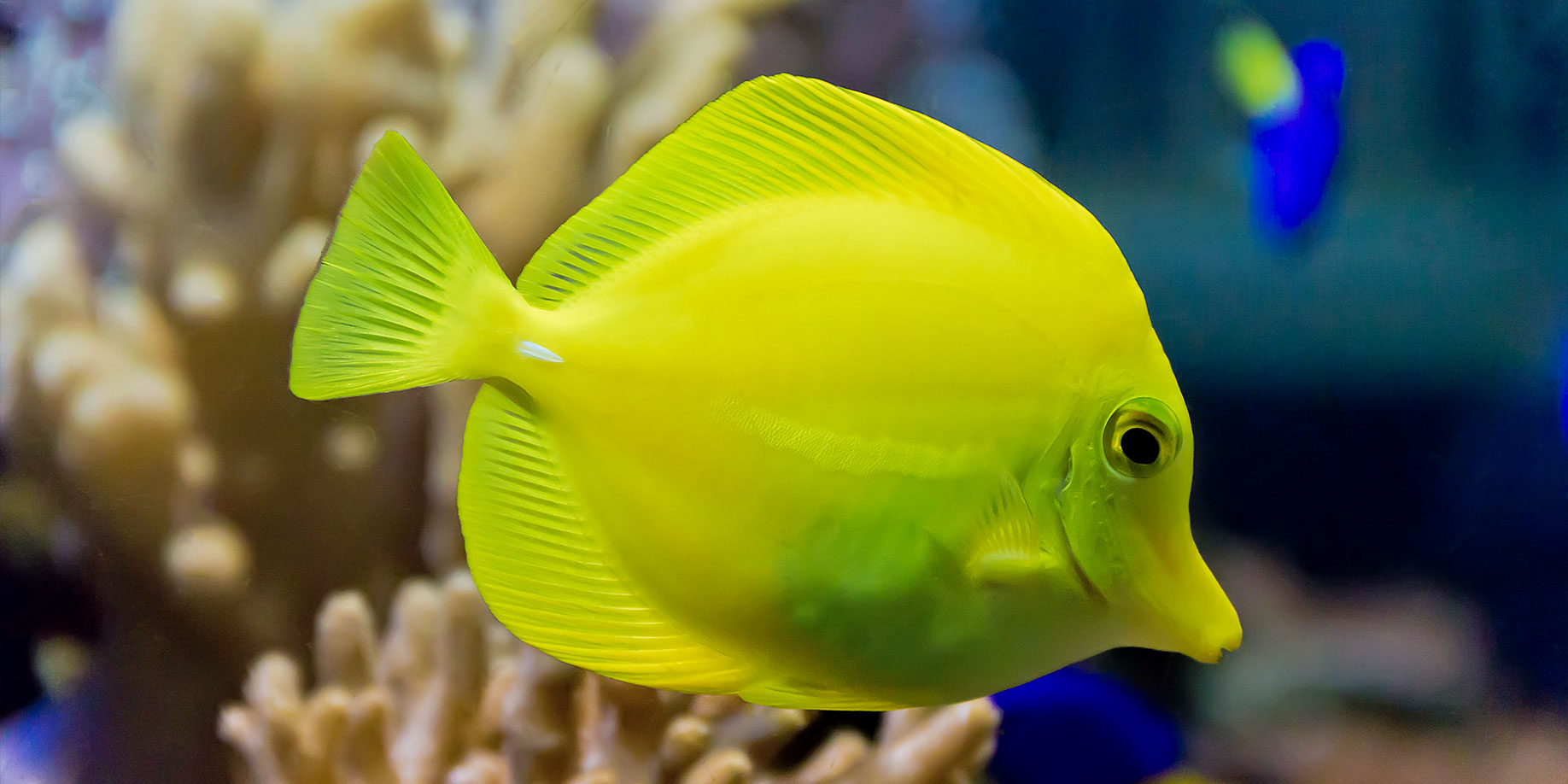
Converting a freshwater aquarium to marine
A tropical freshwater aquarium can easily be converted to house both marine fish and corals. In doing this existing equipment, such as filters and heaters can be re-used. Lighting will need to be upgraded to Marine tubes and additional filters, wave makers and a protein skimmer may be required depending on the setup.
Additional equipment you may need:
Filter
Depending on which filter you already have, a second external filter may be required.
Upgraded Lighting
Marine strength light tubes are needed to keep corals alive. These are available to suit all size aquariums.
Wave Makers
These create good water movement within the aquarium which replicates the strong current found on a coral reef.
Coral Sand
Coral sand / chips will provide a natural habitat for your tank mates and helps maintain the correct pH level for your water.
Live Rock
Works as biological filtration as well as decoration for your marine tank.
Marine Test Kits
Essential for measuring salt levels and water quality in the aquarium.
Protein Skimmer
Required for a heavily stocked tank of fish and corals to remove organic waste from the water.
Talk to the store team or see our guide to fish diseases.
Shopping list for your marine aquarium
- Aquarium
- Filter
- Heater
- Lights
- Wave Makers
- Protein Skimmer
- Sand
- Live Rock
- Water / Salt level test kits
- Water Siphon
- Thermometer
- Marine Salt / Pre-salted Water
- Nets
This webpage is designed to give you a basic introduction to marine fish keeping. Should you have any further questions or queries, our staff are more than happy to help you as you start out in the fascinating world of marine fish keeping.
